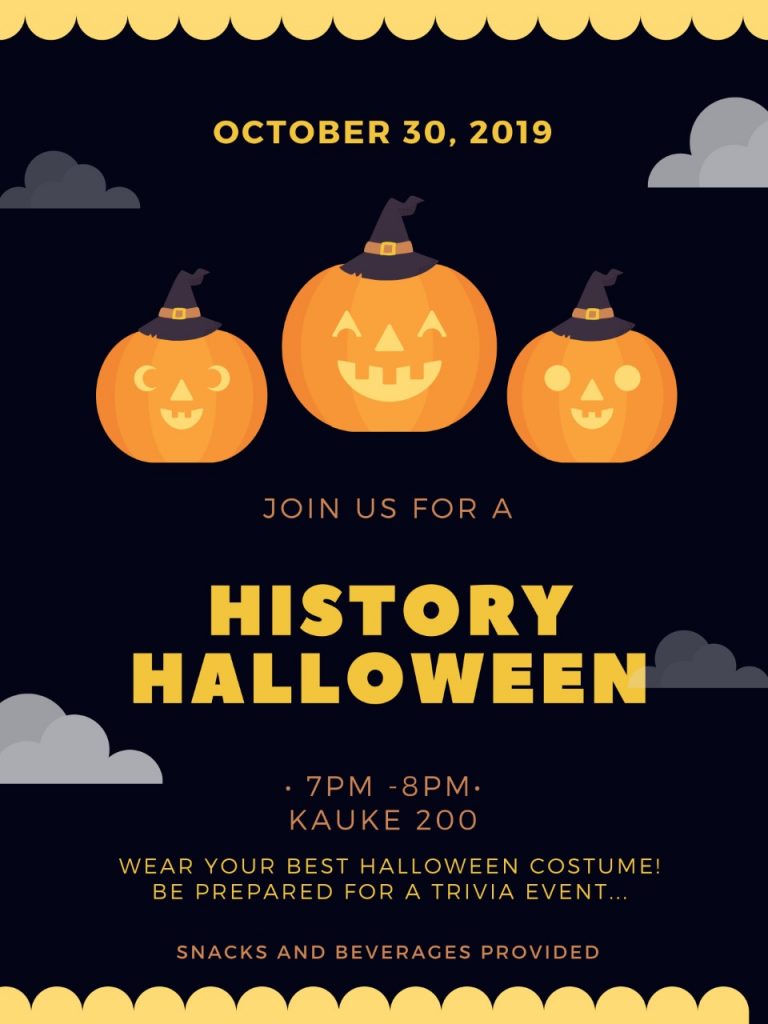Class Summary:
The class discussion for 10/14 was focused on colonial institutions, and the differences between how the colonizers (particularly the Spanish), and the colonized indigenous peoples viewed colonial rule in Latin America. There were three main historical questions today: 1. What strategies did Spain and Portugal use to consolidate colonial rule in Latin America? 2. How did colonial administrators describe their experiences? And 3. How do indigenous people describe their colonial experiences? What themes emerge? We began our discussion for the day with a book presentation from Jaz who presented on Richard Kagan’s Urban Images of the Hispanic World: 1493-1793. This text primarily focuses on the mapping of cities, and how maps are shaped by those who create them; for example, how someone views the city is influenced by whether someone is a colonizer or has been colonized, meaning that cartography is subjective.
This discussion about city mapping served to transition the class into a discussion on Spanish views of colonial rule, which centered around the obstacles that colonial administrators faced, drawing largely from the assigned reading on encomenderos. We determined the main obstacle to be communication, as it took a very long time for information to travel between the Old and New Worlds (for example, it takes 210 days for a round trip between Spain and Panama, and 35-60 days one-way on the shorter trip of Angola to Brazil). Other major obstacles to colonial rule included issues with the chain of command (as viceroys were not fully in charge and had to answer to the Spanish Monarchy, being so far from Europe meant that there was a question about the amount of authority that viceroys held, and prohibited them from changing course quickly when problems arose). A third obstacle was the language barrier between colonizers and the indigenous people they colonized, and a sense of isolation amongst the colonizers. In the encomenderos letters, other themes emerged, including the theme that land/labor grants were not always as economically efficient as they were initially assumed to be, especially after the first ten years of colonization, the theme that the colonies were not well planned, and that much of the planning took place ad hoc with colonizers figuring out what colonization would look like once they were already there. There was also a noticeable shift in tone from how conquistadors had talked about indigenous peoples; whereas Díaz and other conquistadors had described many native peoples as barbaric, savage, and dangerous, the encomenderosdescribed them in a much more paternalistic manner and without agency, for example referring to indigenous employees as an encomenderos’s children. Next, we discussed “Two Images from the Codex Osuna” and how to interpret it as a primary source. We discussed how the images indicate a non-singular, non-linear perspective, indicating a different way of thinking about space from the Western perspective. This source is useful in helping us to understand how indigenous peoples who worked as part of labor grants used Western technology for their work, as well as how Natives were treated unfairly by the Spanish—for example, the codex indicates that the Natives had not been paid since beginning construction on a Catholic Cathedral that the Spanish commissioned. Finally, we discussed Kagan’s description, and the map of San Juan de la Frontera, Argentina 1562. This map is important because it helps to underscore the idea that the Spanish believed that by having the city organized, colonial rule would be organized. It also indicates, with its lack of walls and roads that don’t come to definitive ends, that the Spanish assumed that they would be expanding the city
Transcription:
The discussion on Spanish views of colonization relates to a passage that we discussed from Lockhart and Otte’s work, the primary source “An Encomendero’s Establishment,” in a section by Andrés Chacón, in the encomendero of Trujillo, Peru in 1570:
“I know that those who have been here say that I am rich. Certainly I have more than I deserve from God. But as I said, everything goes for expenses, and at the end of the year the income only covers operations, and even sometimes isn’t enough. And as the Indians give me nothing, that is, I take little from them and have expenses for priests and other things for them and they have been destroyed in past wars, since they are on the main highway and have been mistreated and destroyed, few of them remain. Once there were more than 2,000 Indians, and now there are about 200. I consider them as if they were my children; they have helped me earn a living and, as I say, I relieve them of tributes and everything else that I can. I have given them 220 pesos in income,[1?] 60 at my pleasure and 60 perpetually and if God gives me life, I will leave them free of tributes when I die, so that whoever enjoys the tributes will not mistreat the Indians to get his revenue. Probably you will say that it would be better to give this to my relatives than to the Indians. But I owe it to these children who have served me for thirty-odd years; it is a debt of life, and if I did not repay it I would go to hell. I am obliged to do what I can for my relatives, but if I don’t, I won’t go to hell for it.”
This relates to the main points as it indicates the frustration that Spanish colonizers felt over the lack of planning that went into the colonies, particularly as seen in Chacón’s emphasis on how his time in Peru was not lucrative. Furthermore, it underscores the paternalistic views that he and other encomenderos held about their role in serving as ‘protectors’ of the Natives.
Key terms:
- Historiography: “Historiography is the study of how history is written and how our historical understanding changes over time. Historiography considers the approaches used by historians and seeks to understand how and why their theories and interpretations differ.”(definition given in class, from Alpha History)
- Communicentric view:“exported” images of cities, mainly created by northern Europeans, which may be topographically accurate, but convey stereotypes of colonized cities that to don’t portray them as changing over long periods of time (see Kagan, Urban Images of the Hispanic World, 1493-1793)
- Corographic view: images of cities produced by locals that emphasize human and material features of the landscape rather than topography (see Kagan, Urban Images of the Hispanic World, 1493-1793)
- Encomendero:in the Spanish encomienda system, the person in charge of an estate of land, and the indigenous people who inhabited the land (for tribute and evangelization)
Links:
- Here’s an Al Jazeera article on cartographic bias and why we think of Europe as being “on top” of the map: http://america.aljazeera.com/opinions/2014/2/maps-cartographycolonialismnortheurocentricglobe.html
- This CNN article allows you to compare divergent countries/continents to the actual size of Africa, to help show one aspect of colonial cartographic bias visually: https://www-m.cnn.com/2016/08/18/africa/real-size-of-africa/index.html?r=https%3A%2F%2Fwww.google.com%2F
- This scholarly article discusses how the Natives of Huaquechultecas, Mexico used a rhetorical strategy of loyal service in the conquest of Mexico to defend their interests against the encomienda system: Mysyk, Avis. 2015. “Land, Labor, and Indigenous Response: Huaquechula (Mexico), 1521-1633.” Colonial Latin American Review24(3): 336–55. http://dx.doi.org/10.1080/10609164.2015.1086595
Potential Exam Questions:
- What challenges did Spanish colonizers face in implementing colonial rule? How did they balance power between viceroys and the monarchy?
- Why did the Spanish implement a grid system when planning cities in Latin America? What are the implications of using a grid system?
- How did the Spanish view of indigenous peoples change between the time of first contact, and colonial rule in the late 1500s? How is this reflected in primary sources from both the Spanish and Natives?
.





